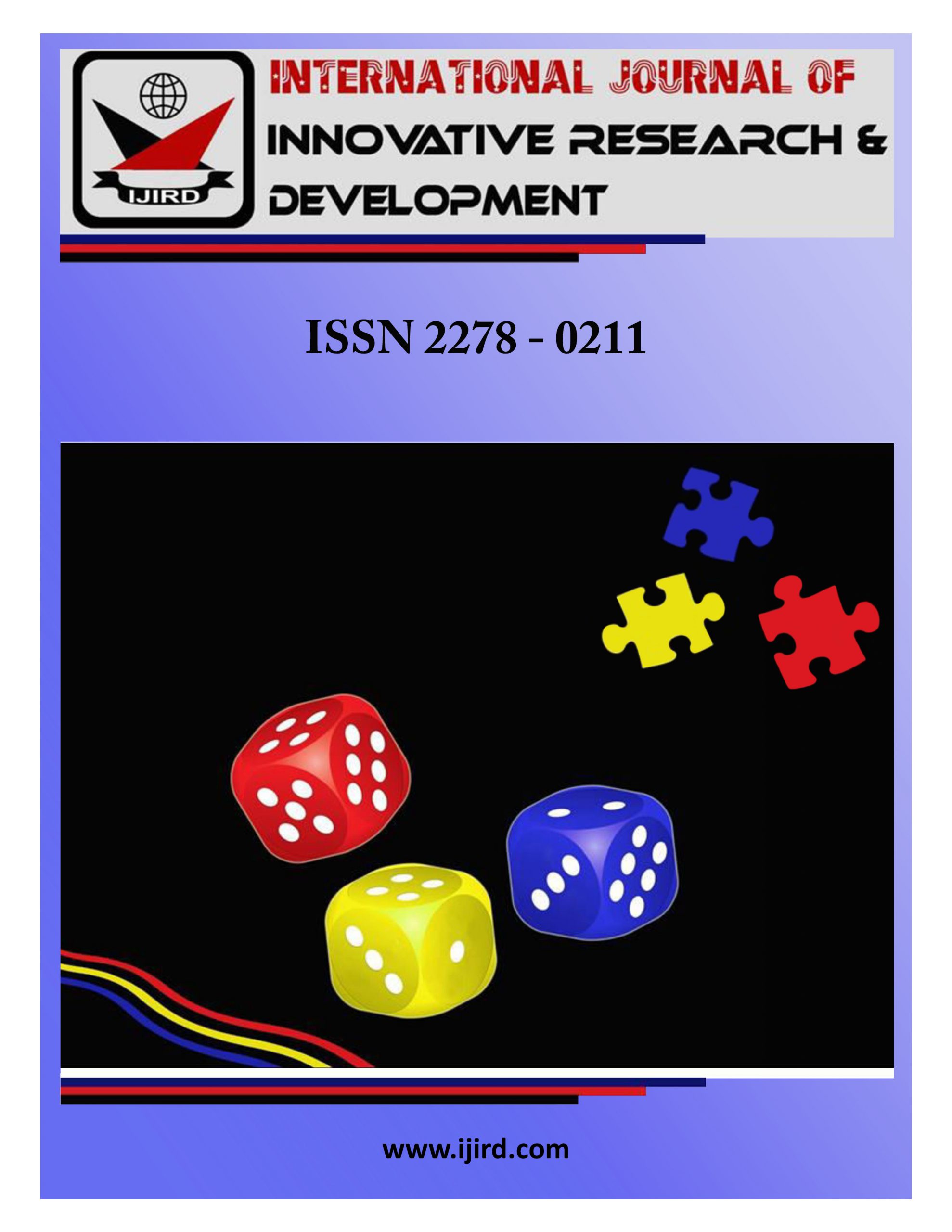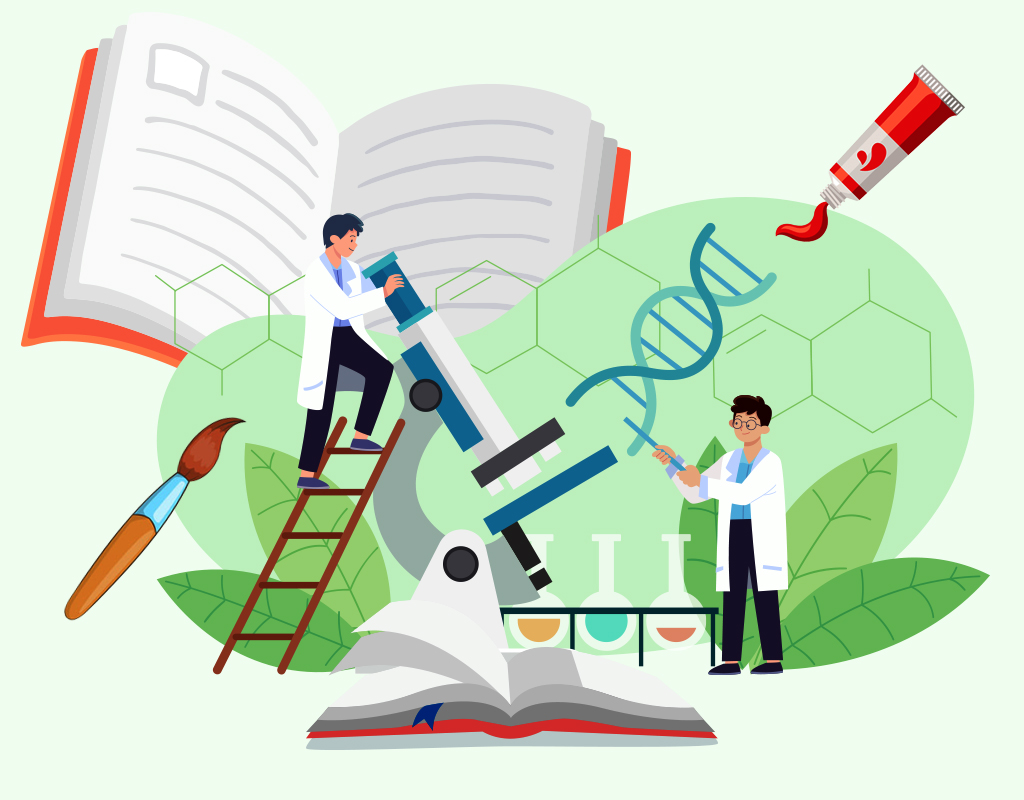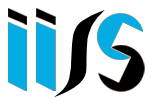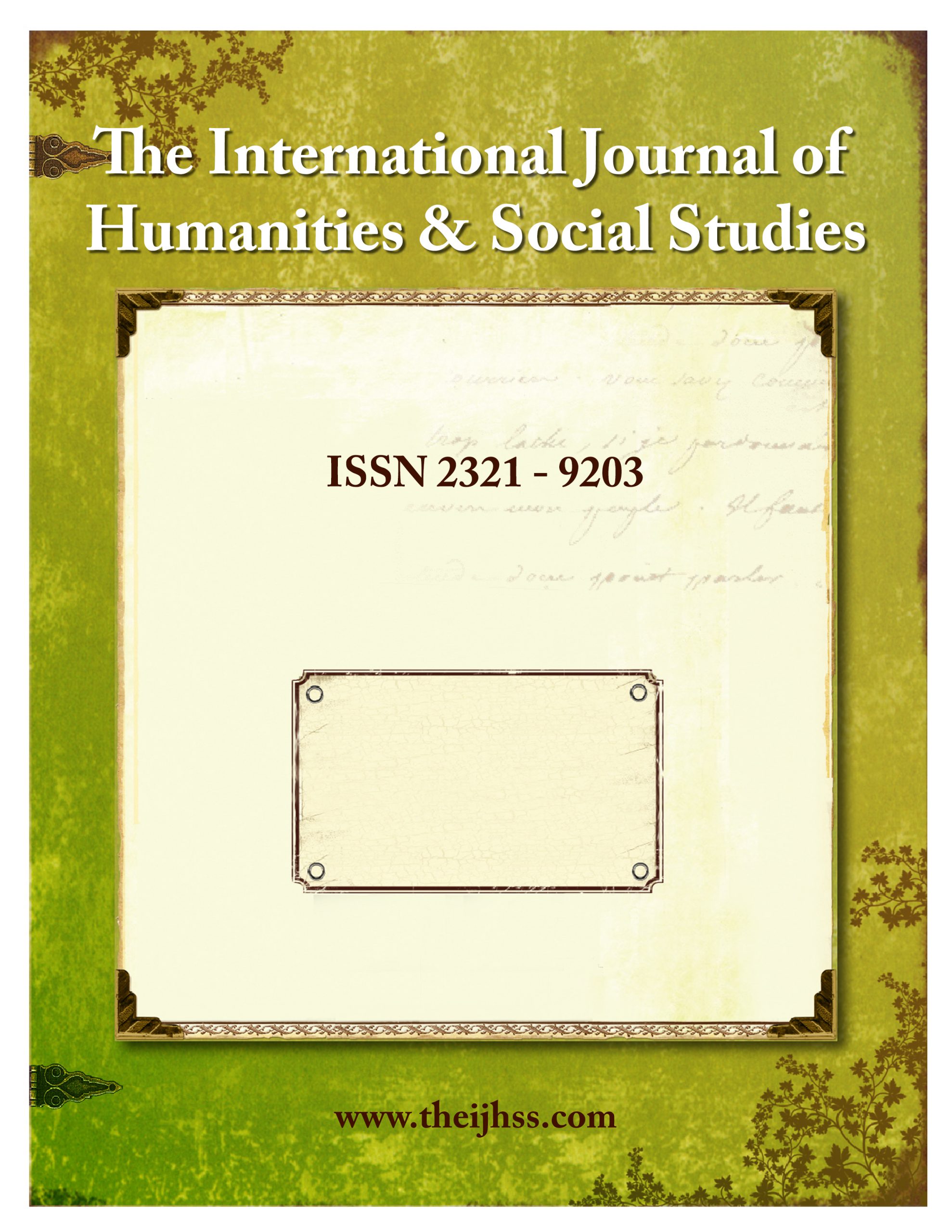“The greatest scientists are always artists as well”, said Albert Einstein. It is a common conception, or, we can say misconception that Art and Science have only a little in common. But research shows that art and science are two sides of the coin. If we think and observe these two disciplines minutely, we will find out that science and arts are correlated; they are so closely woven that at certain points the gap between these gets blurry. And those who have worked in both the disciplines have informed time and again, how one influenced and inspired the other. Let us discuss about few of those influences:
It is only fair to begin this discussion with none other than the great Leonardo Da Vinci. Vinci’s mastery ranges over diverse fields of art and science- from astronomy to anatomy and engineering. Vinci is famous for his artistic excellence which is reflected mainly on Mona Lisa and The Last Supper. But both these masterpieces were the fruits of Vinci’s knowledge on anatomy and perspective. Vinci was a great observer like all artists. He designed flying machines by observing birds and how they fly against the wind. What doctors do today, Vinci has done a long time ago like dissecting corpses to create a detailed drawing of the human muscles, bones and so on. It can not be denied that all Vinci’s scientific studies were inspired by art and vice versa.
Almost everyone knows about Morse code. It was invented by Samuel Morse who studied Maths and Philosophy at Yale. Morse started his career as an artist. He co-founded National Academy of Design in Manhattan and created ambitious paintings that were Neoclassical in style but later it got overshadowed by his contribution to communication. When his paintings failed to receive the spotlight in America, Morse turned to electromagnetics and eventually created the telegraph and Morse Code. Many ham radio operators around the world still use Morse code. Apart from that, it is used in emergency signals and to help disabled people communicate easily.
Santiago Ramón y Cajal or Spaniard Cajal is known as the father of modern neuroscience. He too, started his journey as an artist until his father pushed him towards medical science. He was the first one to find out that individual cells structure the brain. Not just that, later in the 1890s to illustrate his microscope aided fundings, he created detailed drawings. His discoveries earned him the Nobel Prize and even today, his depictions are widely valued as sources of neurological information. His contribution to art is not negligible either; some of his drawings remind us of some beautiful sections of Vincent Van Gogh’s Starry Night. A few of his drawings have been showcased at NYU, MIT and University of North Carolina.
Apart from these there are several other scientists who were artists at first; who, through their artistic vision, achieved their scientific excellence. On the subject of science-arts correlation, numerous books, articles and international journals have been published and all of those have accepted and proved with evidence the fact that indeed one discipline inspires the other.










